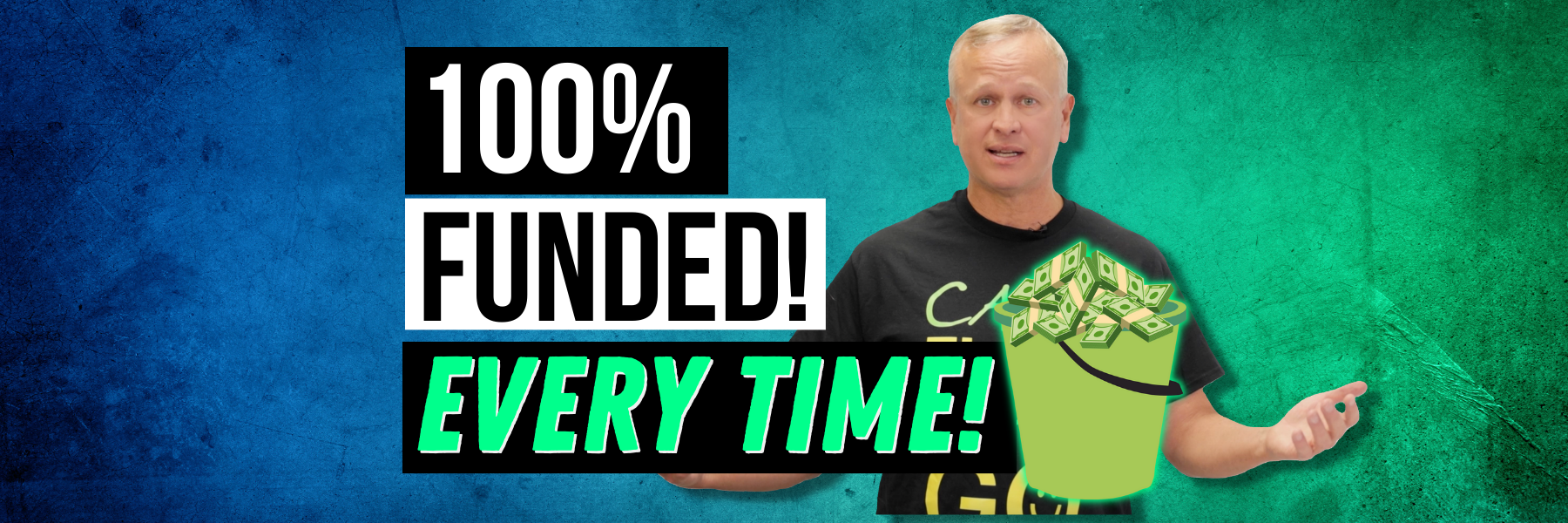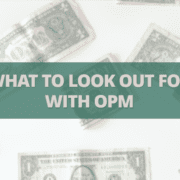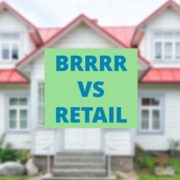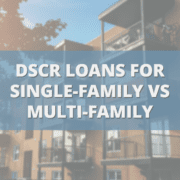How to Get 100% Financing on Real Estate in ANY Market
Categories: Blog Posts
Sounds like a gimmick, but it’s true – here’s how to get full financing on any real estate deal.
There’s a trick large developers use to finance their real estate projects all the way to 100%. Does the same strategy work on your real estate investing scale?
Sounds like a pipe dream, especially in a market where the Fed keeps tightening lenders’ funds.
Let’s go over how it’s actually possible. We’ll call the funding you need for your project your “money bucket.” We’ll show you how to fill that bucket with different funding sources just like they do on the biggest development projects.
The Money Buckets: How Financing Real Estate Works
Your money bucket is empty at the start of a project. Its size is determined by the costs. For successful investments, you need to fill up the bucket with money.
The financial term for filling the bucket is a “capital stack.” It’s when an investor stacks one loan on top of another until an entire project is funded to 100%. Let’s go over how to put your capital stack, or “money bucket” together.
How Big Is Your Bucket?
If we’re just starting a deal, then our money bucket is empty. How big is it? AKA, what costs do we need to cover?
There are four main costs in real estate investing:
- Purchase price
- Rehab
- Carry costs
- Interest payments and other miscellaneous
Financing Real Estate to Fill Your Money Bucket
We need to see if we can fill our money bucket, so we start looking for other buckets of money to throw in. We begin with the loan from our primary lender.
In a typical market, a real estate investment lender (like hard money) would pay 75% of the ARV of the property. That 75% would cover 90% of the purchase price and 100% of the rehab costs.
With tightened money, however, the underwriting guidelines for this bucket have changed. Almost universally, you’ll see these same lenders only offering 70% of the ARV. This adds up to 80% on the purchase and 100% on the rehab. You’re getting less financing for real estate projects, so you’ll have to bring in more money out-of-pocket for this deal.
That’s not an insignificant amount of money, either. Down payments now, in early 2023, are sometimes double what they were six months ago.
Our money bucket might be around 80-90% full with our lender’s loan. But we have to get it filled to 100% somehow. Where do the funds come from so you can keep buying good properties when deals are getting great?
4 Money Buckets to Use When Financing Real Estate
There are 4 other buckets of money you might be able to dip into to complete your capital stack:
- Secured lines of credit
- Secured gap funding
- Unsecured lines of credit
- OPM
Word of Warning Financing Real Estate with Credit
Before we get into these 4 extra money buckets, we want to make one thing clear about financing: You have to pay credit sources back.
Treat your lines of credit like lenders that need to be paid in full at the end of your project. Treat your business like a business. What’s left over after you pay off your credit is the profit you get to keep for your project.
If you turn the financing for real estate into a personal piggy bank, these sources will only drain your bucket instead of filling it. Poor credit management will tank your investment business.
1. Secured Lines of Credit
In volatile markets, the most common starting place to complete your capital stack is secured lines of credit.
The most common secured line of credit is a HELOC. You can take out a HELOC on your personal home, or any of your investment properties.
A HELOC just takes good credit, good income, and owning a piece of real estate. If you meet these criteria, then you can take money from this credit line and drop it into the money bucket for your current project.
2. Secured Gap Funding
Another important bucket for financing real estate is secured gap funding from a private money lender (like The Cash Flow Company).
This is a good option if you:
- Don’t have the income to qualify for a loan.
- Don’t have the equity to qualify for a HELOC.
- But do have a real estate property.
This funding can help cover the down payment, carry costs, or part of the rehab using another property to secure the loan.
3. Unsecured Lines of Credit
The appeal of a 0% line of credit is:
- You can use it for a down payment or rehab costs.
- Other types of credit can have rates up to 19-29%. Zero percent is a major advantage.
- The right credit cards can be a great stepping stone to get your first few deals done so you can move on to better forms of financing.
The danger of unsecured credit is:
- The temptation to use it outside of business expenses.
- If you don’t pay them off at the end of the project, then you get into trouble fast.
4. Real OPM
Other People’s Money is one of the most powerful ways to boost your real estate career.
OPM is money from ordinary people. The biggest real estate investors always have multiple regular people who loan them money for projects. Borrowing in this way is the fastest, easiest, and cheapest way to fill your money bucket.
It may seem impossible to find someone who wants to give you money. But the reality is: people who have cash aren’t getting good returns from banks; they’ll get higher secured returns lending to you.
Fill Your Money Bucket with 100% Financing on Real Estate Deals
The market has changed. Your primary loan will leave your money bucket emptier. It takes a little more creativity to fill it up.
The bigger the pool of money you have in any market, the more options you’ll have. Financing makes your real estate investing easier and more profitable.
Want to build your capital stack? We have a free download about money buckets.
If you have any questions about a deal, getting funding, or setting up OPM, email us at Info@TheCashFlowCompany.com.











